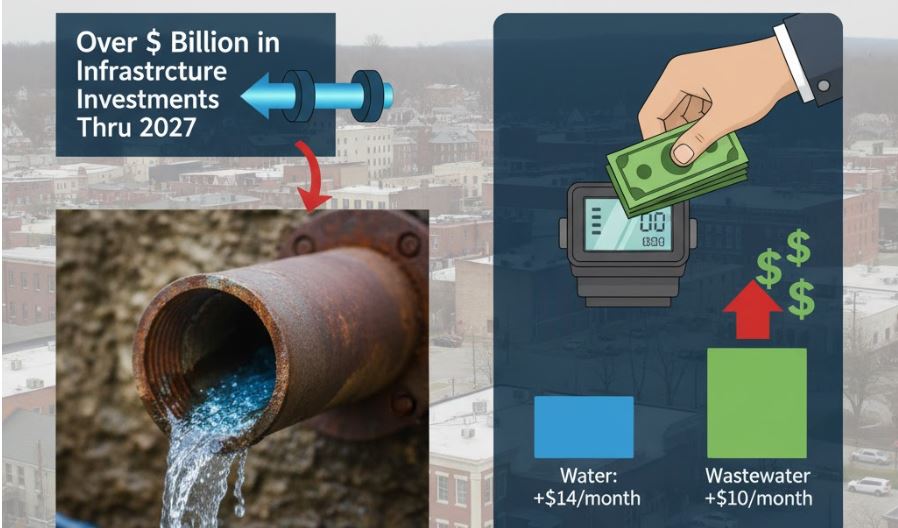PHILADELPIHA, PA - , November 22, 2024—In a bold move to reshape the federal government, tech entrepreneurs Elon Musk and Vivek Ramaswamy have outlined their strategy for significant regulatory and bureaucratic reform. In a recently published op-ed in The Wall Street Journal, the duo, who now leads the newly established Department of Government Efficiency (DOGE), announced plans to identify and eliminate "thousands" of government regulations to streamline government operations and reduce the federal workforce.
Musk, the CEO of Tesla and SpaceX, and Ramaswamy, a former biotech entrepreneur and presidential candidate, were appointed by President-elect Donald Trump to co-chair DOGE. Their vision for the department includes reducing regulations and what they describe as "mass head-count reductions" to remove what they perceive as inefficiencies within the government.
Regulatory Purge
The entrepreneurs argue that the current regulatory framework hampers innovation and economic growth. They intend to scrutinize every regulation with an eye for removal, mainly those they believe do not serve the public interest or have outlived their utility.
In their op-ed, Musk and Ramaswamy highlighted that the regulatory burden on businesses and individuals is "excessive" and leads to a stifling bureaucracy. They propose that by slashing these regulations, the government can operate more like a "well-oiled machine," allowing for quicker decision-making and implementing policies that foster economic prosperity.
Workforce Reduction
The mention of "mass head-count reductions" has sparked interest and controversy. Musk and Ramaswamy argue that such measures are necessary to eliminate redundant positions and reduce unnecessary expenditure. They propose using technology to automate many governmental functions, suggesting that this could lead to a leaner, more efficient government structure.
Critics of their approach, however, caution against the potential loss of jobs and the reduction in government services that might result from such drastic measures. There's concern over how these cuts might affect public sector workers and whether the proposed efficiency gains will benefit the public or primarily serve business interests.
Public and Political Reactions
The announcement has met with mixed reactions. Supporters of the initiative believe it's a necessary step towards reducing government overreach and cutting wasteful spending. However, detractors worry about the implications for oversight, safety, and environmental protections, which might be compromised in the rush to deregulate.
Political analysts are watching closely to see how this initiative will navigate the complexities of congressional approval, given that significant reforms would likely require legislative action. There's also curiosity regarding how the appointees, who are not traditional bureaucrats, will manage the entrenched government systems.
Implementation Challenges
The execution of their plans presents several challenges, including:
- Legal Hurdles: Many regulations are enshrined in law, requiring congressional action to repeal them.
- Public Service Impact: Balancing efficiency with the need to maintain essential services.
- Technological Implementation: Automating government functions could be complex and met with resistance from within government ranks.
Musk and Ramaswamy remain optimistic, citing their success in the private sector as a blueprint for what they hope to achieve in government. They stress that their goal is not just to cut but to rebuild the government so that it serves the citizens more effectively, transparently, and with less burden on taxpayers.
As the Trump administration prepares for its transition, all eyes will be on how this ambitious project unfolds, particularly how it balances its objectives with the realities of governing a diverse and dynamic nation.
Musk and Ramaswamy's move could redefine how government efficiency is viewed in the U.S., setting a precedent for future administrations or becoming a cautionary tale of overzealous reform. The outcomes of their efforts will likely impact the structure of government and the political landscape for years to come.







